As the global need grows for computers, clothes, food and other essentials, we need to figure out how to do more with less so we can reduce waste and drive down greenhouse gas emissions.
One way to do that? Optimize the use of plastic and other materials. Through lots of R words: Repair, Reduce, Reuse, Recycle…
Companies do it for multiple reasons. To respond to consumer sentiment. Increase the bottom line. And improve sustainability.
Here are 7 clever ways that companies optimize use of plastic/materials.
Right to Repair: Modular Design for Longer Product Lifespan
When a component goes bad, why throw out the entire computer? Companies like Microsoft are designing laptops and game controllers with modular components to allow for repair and upgrades… reducing the need to replace an entire device.
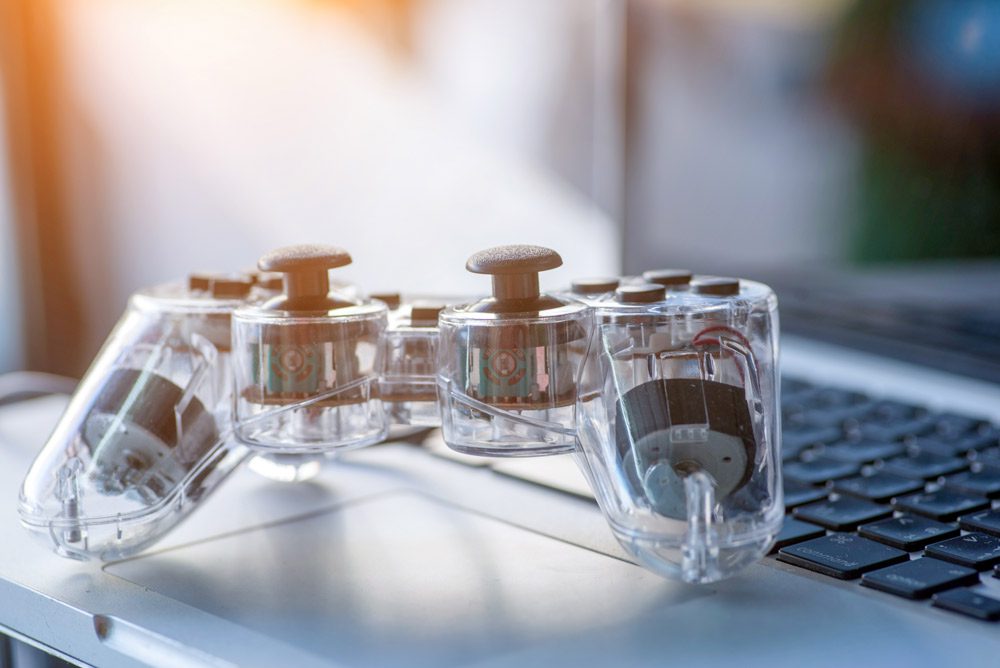
More info here.
Lose the Excess Wrap: Reduced Packaging for an Environmental Win
Costco and some other brands have removed a layer of overwrap from individual rolls of paper towels in multi-roll packs. Instead of wrapping each paper towel roll individually, the company simply shrink wraps the whole set of towels. The result? Reduced packaging that continues to keep the product clean and intact!
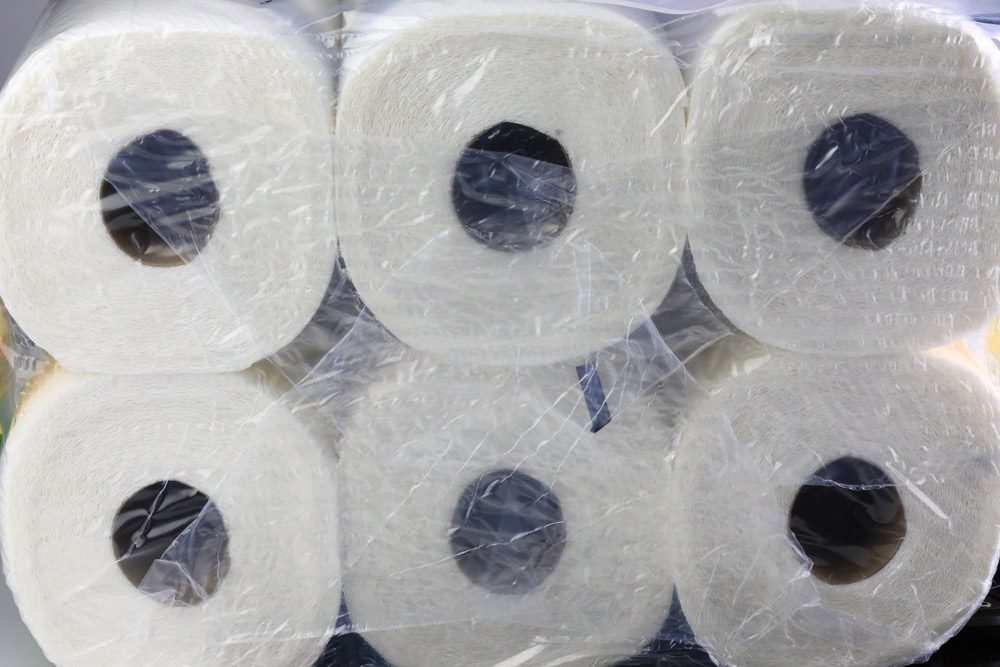
See it on TikTok.
Thinner Cling Wrap: Innovations in Lighter Weight Packaging Solutions
Plastic film used to protect and display food is already really thin and lightweight, which helps food producers ship more product with less packaging and fuel use. And thanks to modern innovations, plastic film keeps getting thinner while retaining considerable strength. For example, packaging company Berry Global has created a food packaging film that is 25% thinner than traditional film. Less material while helping reduce food waste – that’s doing more with less.
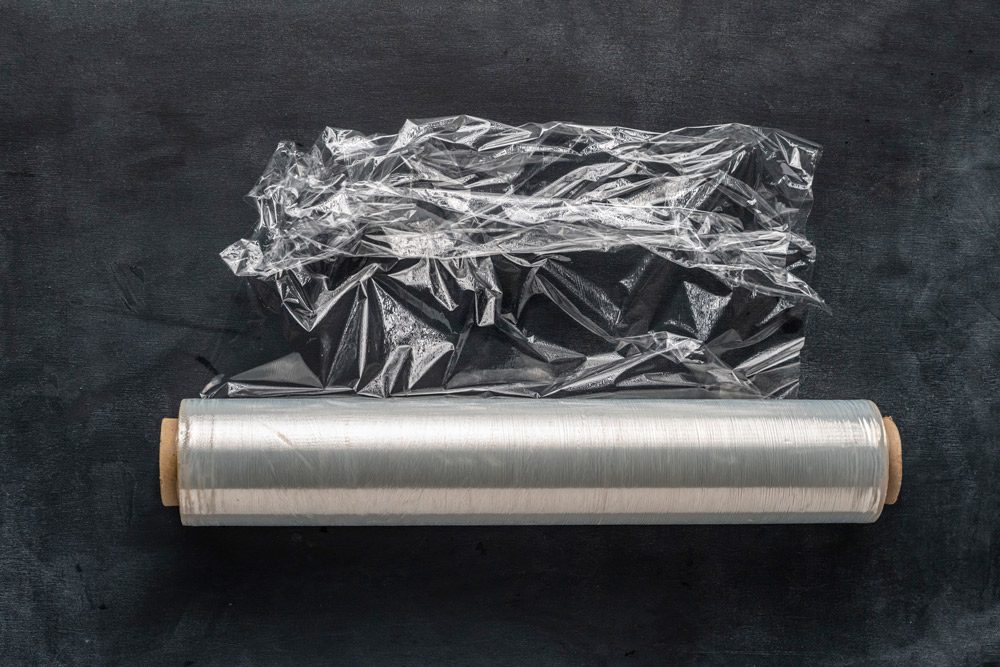
More info on optimizing lightweight plastic film packaging here.
Bigger Rolls, Less Packaging: Greater Efficiency in Product Design
The retailer Aldi is experimenting with increasing the number of bathroom tissue sheets per roll, which shrinks the package size and amount of packaging material needed. Aldi says the new format also allows more products to be transported per truck, which reduces the number of truck trips needed, helping conserve energy and reduce greenhouse gas emissions.
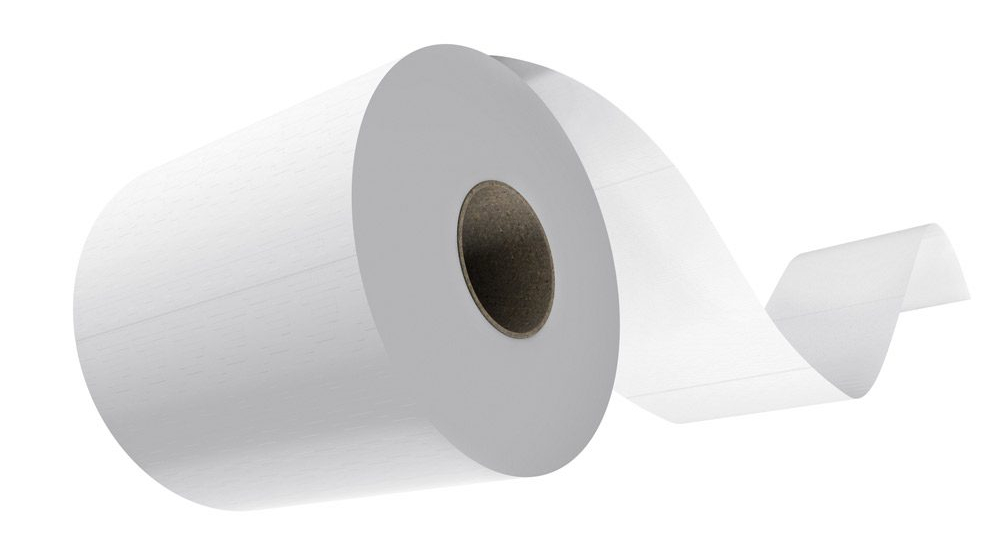
More info here.
Plus: There’s a growing trend among multiple companies toward making “coreless” tissue rolls – completely removing the cardboard tube! More info here.
The Shrinking Bottle: Evolution Toward More Sustainable Packaging
Ever notice how thin many plastic water bottles have become? Many have gone on a significant diet over the years, as companies drive down the amount of material needed to deliver water to your kid’s soccer game. One company reports having reduced material use by 40%+ since 2005. Plus, the bottles – and their caps – can be recycled.
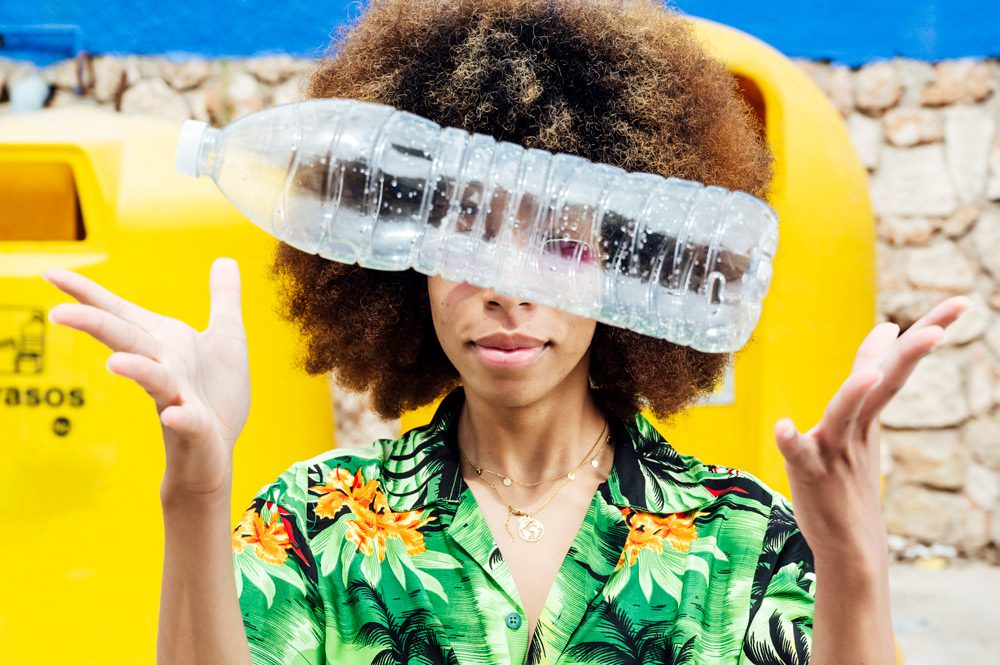
More info here.
Reuse the Sprayer: Refillable Packaging Solutions for Household Products
Why toss the spray bottle? It’s reusable. For example, OxiClean laundry stain spray comes in a handy spray bottle that can be refilled multiple times from a larger refill bottle (that’s recyclable in many places, just like the spray bottle). Which keeps the spray bottle in use for a long time. The company Method has a similar refill strategy that cuts material use by 80%+!
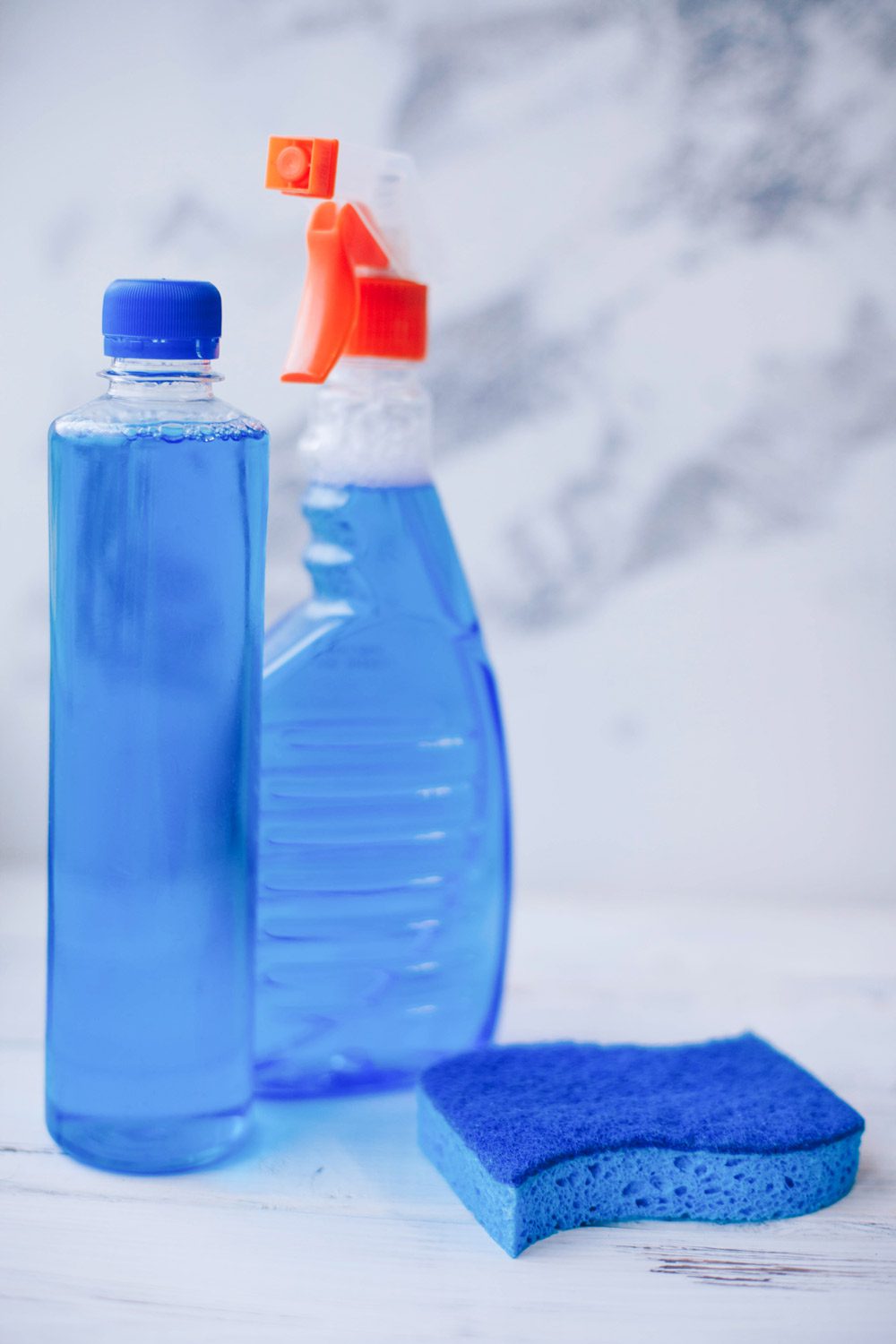
More info here.
Lose the Packaging
Many e-tailers are working to shrink the environmental footprint of the packaging that helps protect your deliveries. Plus, Amazon’s “ships in product packaging” program – which uses the existing product packaging only – alleviates the need for added shipping packaging altogether. While this approach doesn’t work for every product, it’s a good start.
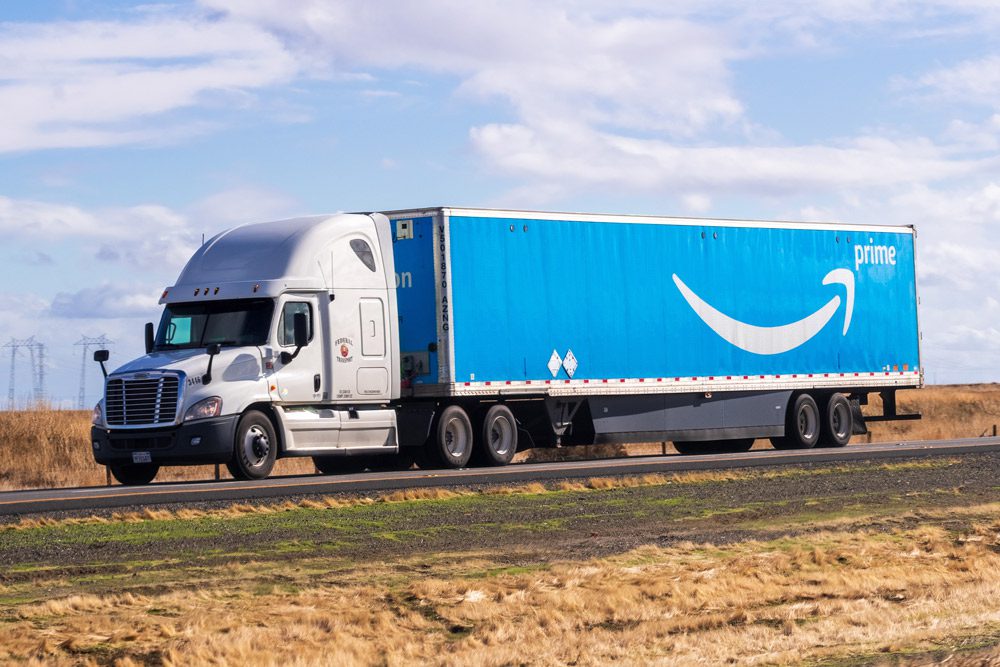
Repair. Reduce. Reuse. Recycle. All help reduce material use, which helps lighten our environmental footprint.
And there’s actually another R word! Well, sort of: (re)designing. Check out how companies are designing for recycling.
